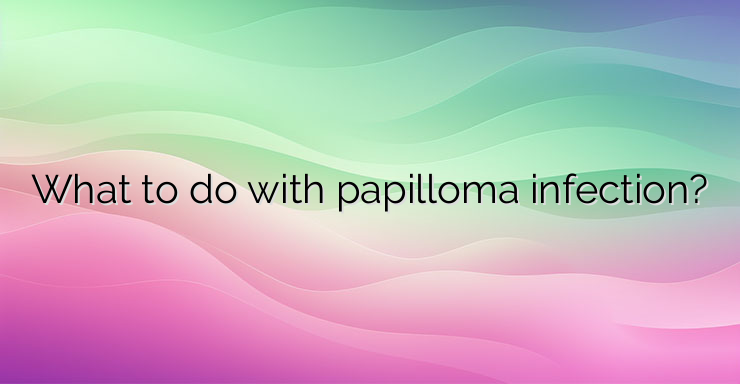The mechanism by which papillomavirus infection leads to cervical cancer involves several stages. When the virus comes into contact with the mucous membrane of the cervix, it infiltrates the cells, triggering processes that can lead to the development of abnormal cells and eventually dysplasia. These altered cells can further progress to cancer under the influence of estrogen, a female sex hormone. This explains why papillomavirus, particularly the strains affecting the genitals, poses a higher risk to women.
Cervical cancer can be caused by several high-risk strains of the virus, including types 16, 18, 31, 33, 45, and 56. Once infected, the virus cannot be eradicated from the body. However, not everyone infected will develop cancer; the risk depends on factors like immune response and hormonal influences.
Regular screening, such as cytology smears, is crucial for early detection of cellular changes. Women are advised to undergo these screenings annually or as recommended by their gynecologist. Additionally, testing for high-risk HPV strains can provide further information about the risk of developing cancer.
The body’s immune system plays a significant role in fighting off the virus. Younger women typically have stronger immune responses, which can suppress the virus within two years of infection. However, women with weakened immune systems may have a higher risk of persistent infection and subsequent cancer development.
Various immunomodulators can aid the body’s defense against papillomavirus infection, although their effectiveness may vary. Compounds like indole-3-carbinol, found in certain plants of the Cruciferous family, have shown promise in interfering with the division of infected cells. Other immunomodulators, such as Aminodihydrophthalasindione sodium, can enhance the activity of immune cells like macrophages.
Ultimately, while there’s no guaranteed way to prevent HPV infection, maintaining a healthy immune system and undergoing regular screenings can significantly reduce the risk of cervical cancer.


Leave a Reply